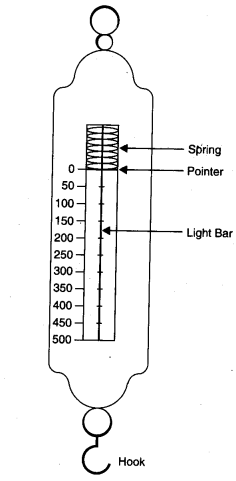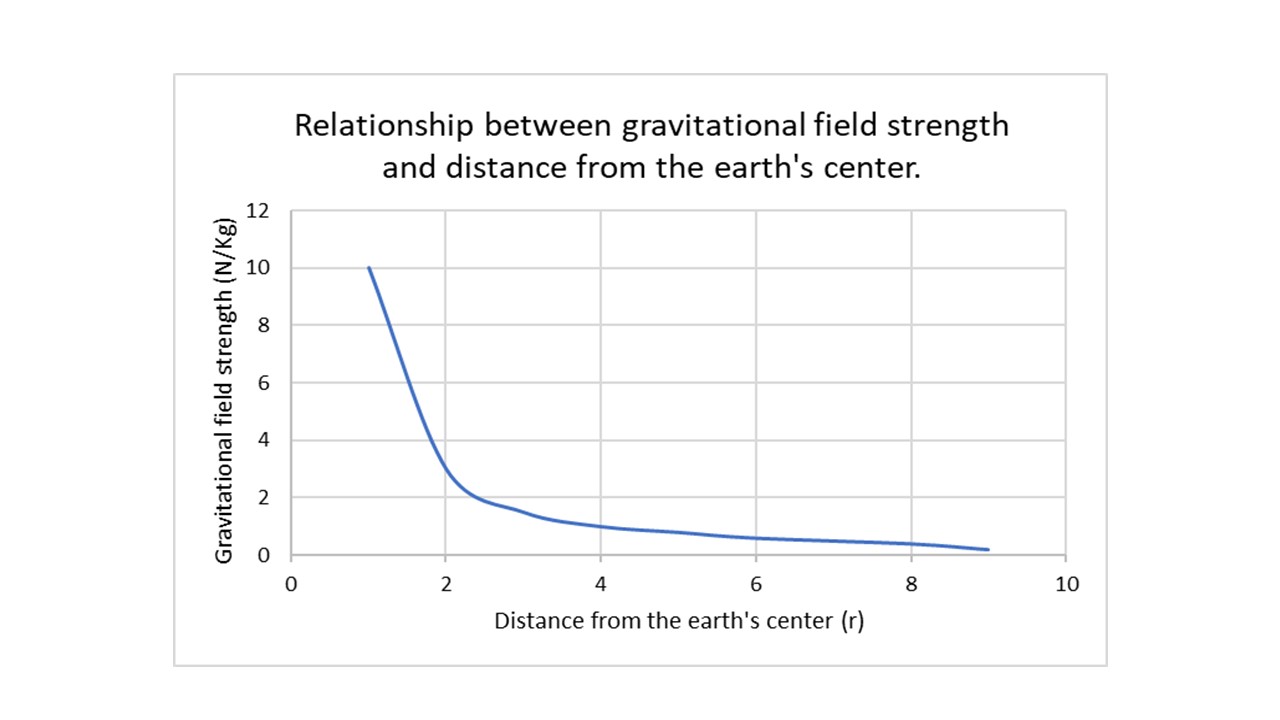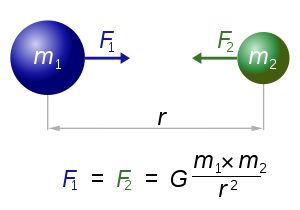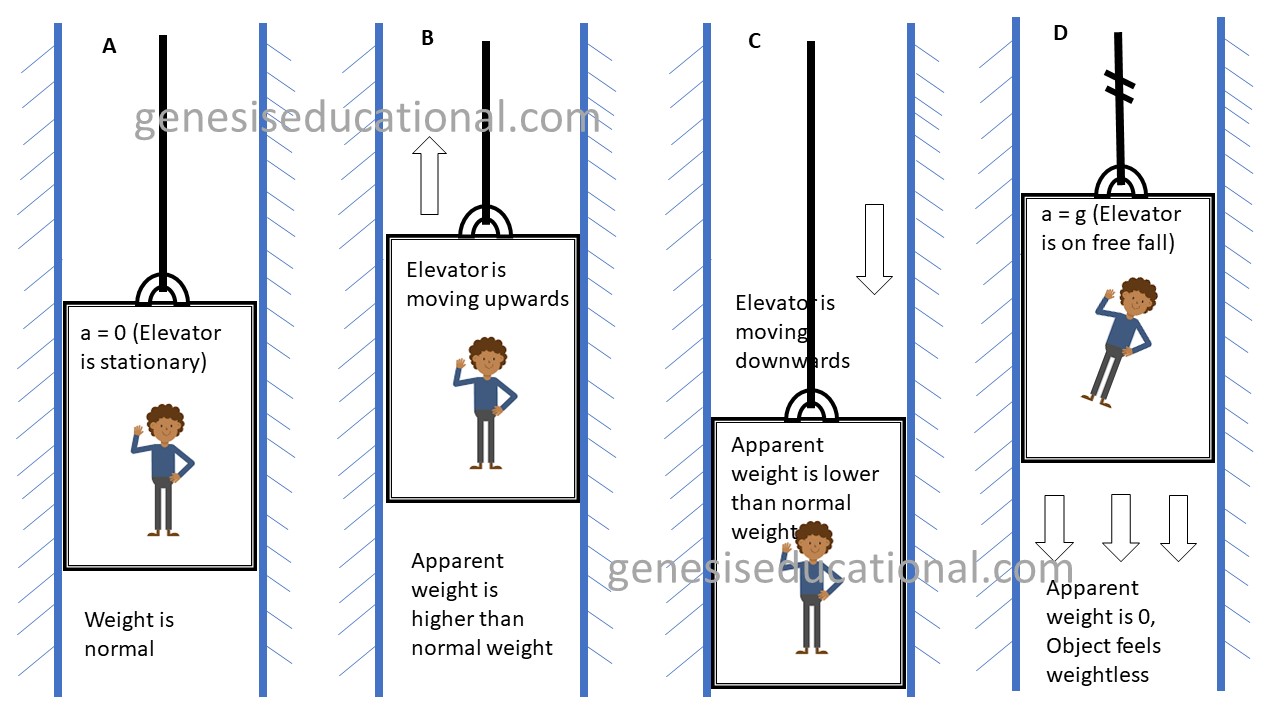Dynamics - Gravity


Gravity (Gravitational Force, Fg) is the force that attracts any two objects (with mass or energy including planets, stars, galaxies, and even light) towards each other. This force is fundamentally very small, but it becomes significant when the mass of the object is much larger, for example the gravitational force between a person and the earth is much larger than the gravitational force between two adjacent people.
Gravity always acts in pairs, as one objects exerts force on the another, the other object also exerts the equal force on that object. You will understand this concept better shortly.
Weight (in Physics) can be defined as the force with which a body is pulled towards the earth. As the definition suggests, the weight of an object is influenced by its mass and the gravitational force at the location where the weight is obtained.
Remember that Force can be calculated as -
When the acceleration is caused by gravitational force, then:
This equation above defines Weight, a product of the mass of the object and the gravitational force. Realize that this force will be greater as the mass increases, even though the gravitational acceleration might remain constant.
The weight of an object can be measured using a spring scale as shown below.

Using the equation above, m (gravitational mass) can be calculated as:
Gravitational force is an example of a force that acts on objects whether or not they actually touch each other, even if the objects are in a vacuum. These forces are referred to as action-at-a-distance forces. The region, around an object, where there is some force, whether it is an attraction or a repulsion, can be referred to as a field and in respect to gravity, this region can be referred to as Gravitational field.

The strength of the gravitational field (gravitational field strength) is defined as the gravitational force per unit mass at a specific location. This strength reduces as the objects move further apart.

The graph shown above shows an inverse relationship between the g and r that can be expressed using the formula g ∝ 1 / r 2
Let us revisit the interaction between adjacent objects to get a better understanding of the concept. The Newton's law of universal gravitation states that every particle attracts every other particle in the universe with a force that is directly proportional to the product of their masses and inversely proportional to the square of the distance between their centers. Notice that this equation is an extension to the equation described under gravitational strength.
where F is the gravitational force acting between two objects, m1 and m2 are the masses of the objects, r is the distance between the centers of their masses, and G is the gravitational constant (G = 6.67*10-11 N.m2kg2)

In physics, apparent weight is a property of objects that corresponds to how heavy an object is. The apparent weight of an object will differ from the weight of an object whenever the force of gravity acting on the object is not balanced by an equal but opposite normal force. An object that rests on the ground is subject to a normal force exerted by the ground. The normal force acts only on the boundary of the object that is in contact with the ground. This force is transferred into the body; the force of gravity on every part of the body is balanced by stress forces acting on that part.
The apparent weight can also differ from weight when an object is partially or completely immersed in a fluid, where there is an upward force from the fluid that is working against the force of gravity. Another example is the weight of an object or person riding in an elevator. When the elevator begins rising, the object begins exerting a force in the downward direction. If a scale were used, it would be seen that the weight of the object is becoming heavier because of the downward force, changing the apparent weight.
